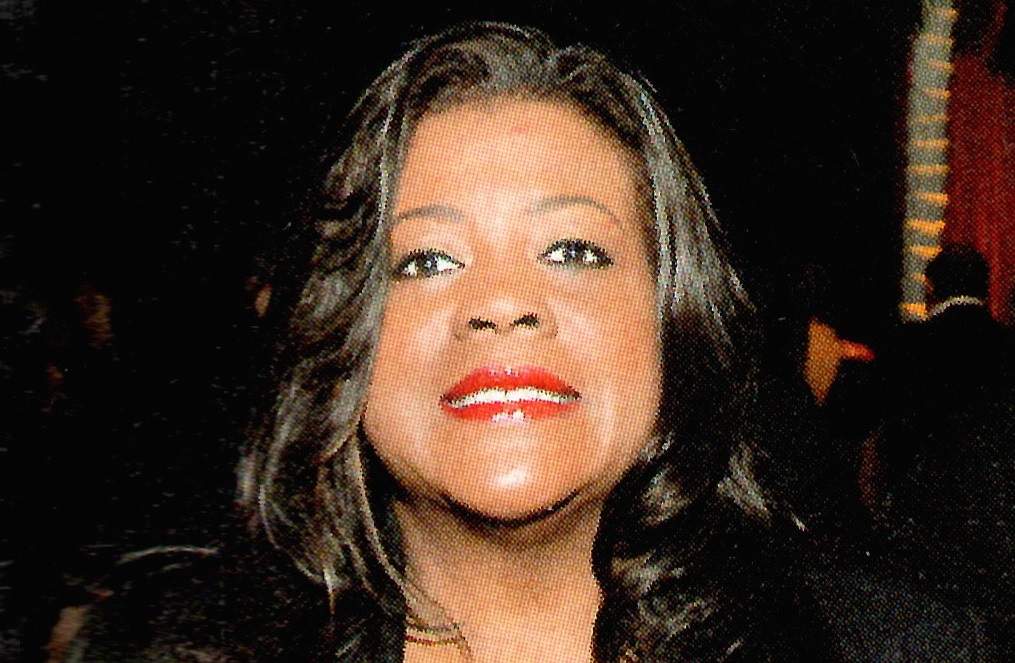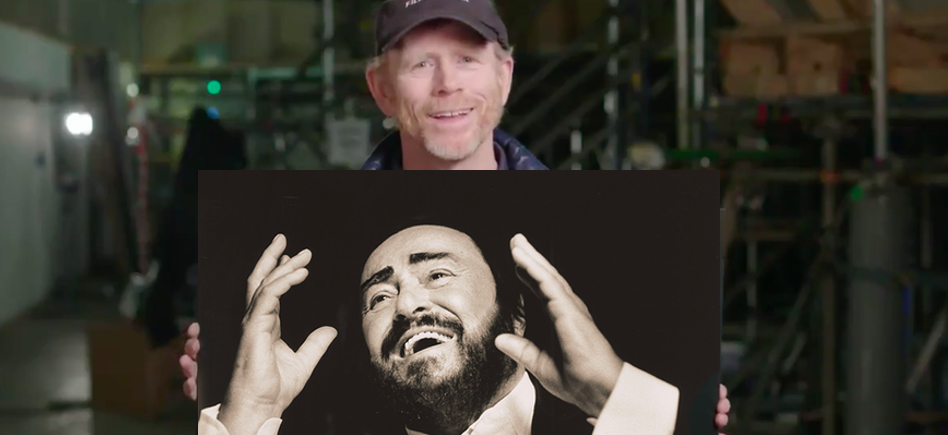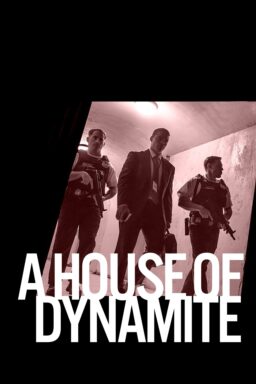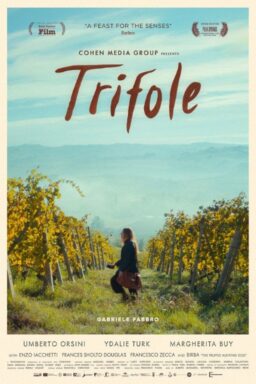Occasionally I am so touched by a movie that even though I am not part of the rotation of film critics at my website, I just want to talk about it. It is usually a movie about life and goodness by Terrence Malick or Ken Loach, or a documentary about social justice by Ava Duvernay or Spike Lee. But there is another category of film that touches upon my obsessions with sounds and vibrations, and that just breaks my heart wide open, and I saw one like it tonight. It is “Pavarotti” by Ron Howard. So this is more of an appreciation, and the official review for the site is written by Glenn Kenny.
I went into the theater without any expectations. Indeed, I had questions about why Ron Howard was doing a documentary about Pavarotti because I didn’t recall him having an affinity for opera. But Ron is a storyteller, and Pavarotti lived an outsized life. So, like the films about Aretha Franklin, and Amy Winehouse, I thought that there will at least be great music. I didn’t expect it to cause the cells of my heart to produce so many endorphins.
When Pavarotti was on the screen you got a sense of his big personality, his love for life, his zest for food and his family, and finally, his desire to do good through his philanthropy. Walt Whitman’s statement about being large and containing multitudes came to mind.
It is this living life out loud, and large and proud and generous and joyful along with the sublime music that is so appealing.
Ron brought another valuable thing to this film, a bit of an education about the opera. What makes a male tenor so precious? His ability to hit high C’s! And you learn it isn’t a given. The tenor’s speaking voice and singing voice are different, so it is a very well cultivated and practiced ability. And the singer doesn’t always know if he will be able to hit those notes. So, as Luciano says, that is the risk, as even he sometimes didn’t know before he did it.
There are so many scenes of beautifully sung arias, such as when he was performing as the clown, Pagliacci, shouting out his laughter, even when the clown has to perform through his tears. And who can resist his Nessun Dorma. By the time I saw Pavorotti perform in person, he had attained the status of a rock star in America.
I always thought the Three Tenors came about as just a way to make money, but the benevolence of him getting together with Plácido Domingo to welcome Jose Carerras back on the stage after his bout with leukemia was so beautiful and heartwarming. And when the three tenors sang together in Rome, one trying to outdo the other in a loving but competitive way, the air fairly vibrated with their high-C’s.
<span id=”selection-marker-1″ class=”redactor-selection-marker”></span>
I have been a subscriber to the Lyric Opera in Chicago for almost thirty years, so I remember when the then-head of the Lyric, Ardis Krainik, made the difficult decision to ban Pavarotti from ever performing on the Lyric’s stage after he famously cancelled one more performance. If I recall correctly, that was after a number of no-shows, either at the Metropolitan Opera in New York, or other places as well. But perhaps my memory is faulty because none of that is in the film.
There was also such a scandal in Italy when Pavarotti divorced his first wife, Adua Veroni. I think even the Vatican had an opinion about it. Adua was the one who worked to pay the bills at the beginning of his career. But one of the most endearing parts of this film is Adua’s appearance and her straightforward remembrances of him. She seems to have forgiven him. And she and their three daughters—Lorenza, Cristina, and Giuliana—appear in the film to add color about their life with him, both the painful and the wonderful memories alike.
At some point, and from people who were supposedly in the know, I heard such lovely things about his last wife, Nicoletta Mantovani, and how good she was for Luciano. Once, I can’t remember whether I was in Italy or America, but someone related that she was in their hotel room washing the baby’s diapers before lovingly preparing Pavarotti’s bed for a nap so he could be refreshed for his performance. I think she was eventually accepted by his family and his friends.
Nicoletta started out as his assistant, and also appeared in the film to talk willingly and lovingly about him. There was also another woman in the film who started out as his assistant and became his lover, Madelyn Renée. She was an accomplished singer in her own right, but still spoke generously about him. I wonder what that process was like for Ron Howard to get all the women in Pavarotti’s life to speak so openly and supportively about him. It is said this is the first time that they have all agreed to do so, and the film is all the better for it.
When someone is famous for one thing and starts branching out to many other things, you begin to question their commitment. But when Pavarotti seemingly abandoned his rigorous opera schedule to help Princess Diana raise money for charities, you come to understand that this was not something he did lightly. In fact, he continued to perform charity shows to raise money for children in Bosnia. His wooing of Bono to help him in his efforts is epic.
Nicoletta assisted him in putting on his Pavarotti and Friends concerts around the globe–James Brown, Sting, etc.–to raise money for other worthy causes (which are still being funded today by his foundation). His enthusiasm for these efforts lets you know that this filled a part of his life that his singing alone did not.
And then you just come back to the music. It is glorious, and I don’t know what Ron Howard did to get it like that, but it’s worth going to hear it at a theater. At the end of the film, many of us sat in our seats just allowing the music to bind us together.

The following article entitled, “Chaz Ebert: Illuminating a Spellbinding Art Form,” was written by Amber Cullen and published in the Aria Spotlight column of the Lyric Opera magazine in its March 2nd-17th, 2019 edition.
Jealousy, intrigue, deception, and bloodshed! What could be more romantic? There is something undeniably captivating about Puccini’s Tosca, and although he knew little of the opera and its compelling tale of passion and revenge, the distinguished film critic Roger Ebert invited Chaz to a performance of this melodramatic tour de force at the Lyric Opera House on September 25th, 1989. It was a memorable first date, and one that would bring them, and Lyric, together in an enduring love story.
Opera formed an integral part of Chaz and Roger’s lives. Loyal subscribers for many years, their favorite seats at Lyric were on the Main Floor in Row F – close enough to feel the energy and potent emotions emanating from the stage, yet at the same time take in the grandeur of the staging and scale of productions. In time, their subscription grew to include many members of the family, some of whom were equally inspired and who continue to attend performances as regular patrons throughout the operatic seasons.
Following a thyroid cancer diagnosis in 2002, Roger was to face his greatest challenges, ably supported by Chaz. She recalls how his first trip out of hospital was to Lyric for a performance of Cosi fan tutte. The medical treatments and debilitating illness had taken their toll, and Roger, unable to walk, would not be able to sit in Row F and instead took seats in a box. Determined to return to the seats they loved, and with Chaz by his side, her love and encouragement spurring him on, Roger went through rehabilitation until he could walk to their seats once again. For the rest of their time attending performances at Lyric, Roger and Chaz sat as close to the stage as possible, taking in all of opera’s mesmerizing power in one of the country’s greatest settings.
Growing up on the near west side of Chicago, Chaz vividly remembers her first opera. She joined her high school on a visit to Lyric to see Saint-Saëns’ Samson et Dalila and was utterly transfixed. The final scene when Samson’s fury and rage are unleashed as he pulls down the pillars of the temple were unforgettable and impressed upon Chaz that opera could be a place to explore deep expressions of human emotion.
Today, Chaz serves on Lyric’s Board of Directors and wants to focus her energies on Lyric Unlimited. Her aim is to ensure that young people and under-represented communities have the opportunity to experience opera, breaking down the conceptions of elitism. She says, “opera is a lantern that has illuminated my life. It is a true joy to share this spellbinding art form.” She also wants to see young composers given the space to create fresh, new operatic work for the 21st century.
Chaz takes a great deal of interest in many other cultural art forms including theater, film and the visual arts. Architecture, in particular, holds a unique place in her heart. Buildings designed by Mies van der Rohe, Frank Gehry, Charles Rennie Mackintosh, Frank Lloyd Wright, and Helmut Jahn fascinate and captivate her imagination. As Chaz travels the world, she makes it a personal quest to actively seek out opera houses in other cities, especially the finest examples in New York, London, Paris, Madrid and Venice – amongst others. This provides the opportunity for studying their design and how architecture influences the audience’s interactions with the opera and each other. Opera and architecture, of course, come together at Lyric in the stunning Art Deco opera house designed by the renowned firm Graham, Anderson, Probst & White. According to Chaz, “Lyric is the most beautiful opera house in the world. The company can mount productions on a grand scale not seen elsewhere, the acoustics are superb and the dramatic staircase leading from the foyer creates a fantastic space to mingle during intermission.”
When she is not in the Lyric Opera House or supporting the Board, Chaz serves as Chief Executive Officer of The Ebert Company and as President of the Roger & Chaz Ebert Foundation. She carries on her husband’s legacy by funding Ebert Fellows in film and media criticism at the University of Illinois, and the Sundance Institute. The Fellows, drawn from emerging writers, film critics, filmmakers and technologists, are encouraged to view their work through the four principles of empathy, kindness, compassion, and forgiveness. It is with these tenets in mind, that we are proud to honor Chaz, for her continuing support to Lyric, for her unyielding commitment to the arts, and for being a valued and beloved member of the Lyric family.












